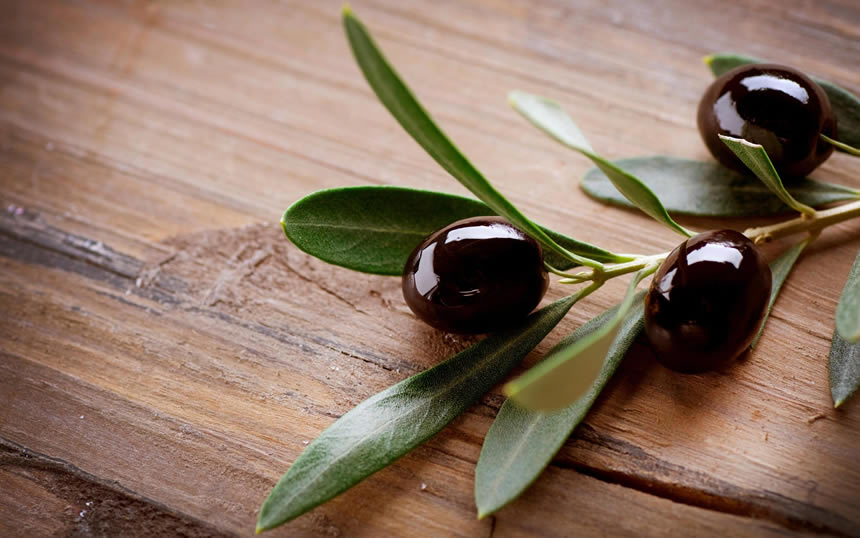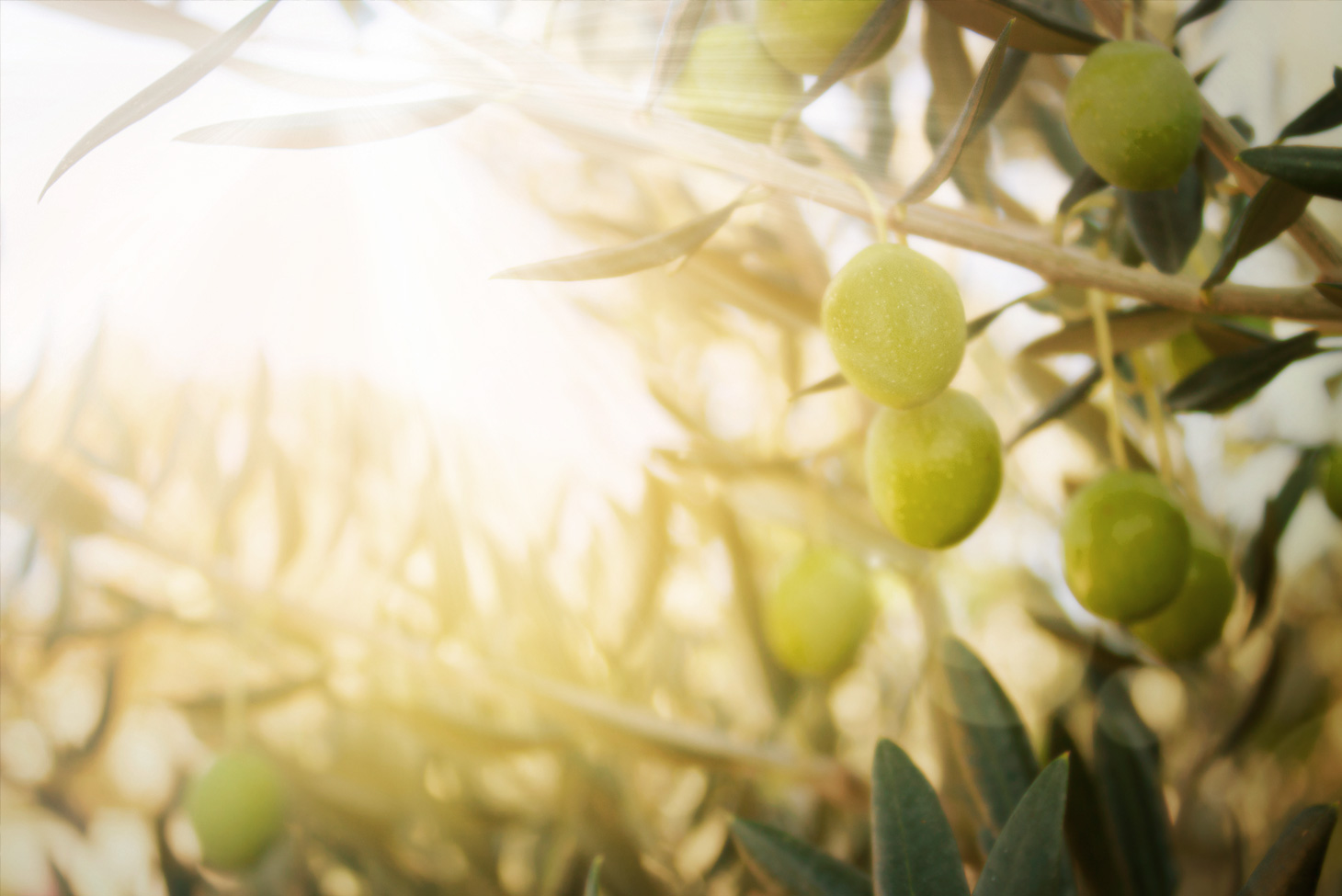Significant Olives' Facts

Olive tree is a type of small tree that belongs to the Oleaceae family. There are 6 subspecies of olive trees and hundreds of cultivars, produced via selective breeding. Olive tree originates from the coast of Mediterranean sea and western Asia. Due to popularity of the fruit, olives can be found in the temperate and warm areas throughout the world. Olives prefer hot weather and long periods of sun during the day.
Even though they can survive on different soils, limestone offers the best conditions for fruit production. Olives are prone to fungal diseases and they are often targeted by various insects which lay eggs and destroy plant's tissue. Luckily, olives are still numerous both in the wild and in the culture. They are not on the list of endangered plants.
Some interesting facts:
- Olive tree is evergreen plant. It can reach 26 to 49 inches in height. Crown is well branched and rounded in shape. Largest type of olive tree is called "donkey olive", and the smallest type "bullet".
- Olive tree has oval-shaped, elongated leaves. They are leathery, grayish green on the upper side and whitish on the lower side.
- Olive tree has small, white flowers arranged in clusters. Flowers have feathery texture and nice odor.
- Olive tree produces small, egg-shaped fruit that usually reaches 0.6 to 0.8 inches in length. Fruit contains large seed that is known as pit, rock or stone.
- Olive tree starts to bloom after 4 years. First harvest can be expected after 15 years.
- Color of the fruit depends on the maturity of the fruit. Unripe fruit is green. Ripe fruit is dark purple to black in color.
- Olives cannot be consumed directly from the tree. Harvested olives need to be processed with brine before they become tasteful.
- Olives are rich source of oils, minerals and vitamins A, E, K and B.
- Olive can be used in the form of oil or as table olives.
- Out of all harvested olives, 90% will be turned into oil, and only 10% will be used as table olives.
- People around the world consume 2.25 million liters of olive oil each year. This oil is much healthier and has more delicate flavor compared to the regular vegetable oils.
- It takes 7 liters of olives for the production of one liter of oil.
- Olive branch is a symbol of peace. People were using olive branch during the history to declare truce by giving it to their enemies. Olive branches were also used for crowning of the champions on the Olympic Games in the past. This tradition was revived during the Olympic Games in Athens in 2004.
- United Nations and four states in the United States have olive branch on their flags.
- Olive trees can live from 300 to 600 years. Several trees managed to survive couple of thousand years. Some of them still produce fruit.
Source: www.softschools.com


